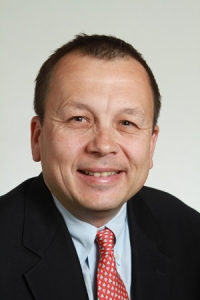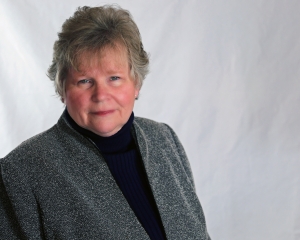2025 Annual Conference Recap
What an incredible event! Thank you to everyone who joined us at Agua Caliente Resort and Casino for this year’s CALSAGA Annual Conference. Over three action-packed days, private security leaders, training professionals, and industry partners came together to learn and connect across California’s security industry.
Check out photos from the Annual Conference
The 2025 Annual Conference began Tuesday afternoon with lunch provided by Code 4 Private Security. With bellies full, we kicked off the conference with Anne Laguzza of our Network Partner, The Works Consulting, and CALSAGA Vice President Gary Bradley presenting real-life HR situations faced by California security companies, highlighting what went wrong and the compliance risks involved. Senator Laura Richardson dropped in to talk about her sponsorship of SB652 and her continued commitment to supporting the private security industry.
The BSIS Compliance Bootcamp with CALSAGA President David Chandler wrapped up the day’s sessions with part one of the two-part series. Conference attendees then mingled in our packed vendor hall before joining the CALSAGA Ambassador Committee for Coffee Chat Live, sponsored by Guardian Secure Solutions. This year’s Coffee Chat allowed attendees to network in roundtable discussions on topics including Women in Security, Social Media, and Operations.
Our evening concluded with the President’s Reception, sponsored by Conference Presenting Sponsor Assured Partners. Due to rain concerns on day one, the poolside reception was moved indoors to The Show. The always-enjoyable mariachi band performed to a full room of attendees enjoying a delicious fajita station. Day one ended on a sweet note as guests gathered around the ice cream cart, creating their ultimate sundae masterpieces with a buffet of toppings.
Day two started with a breakfast buffet sponsored by Network Partner The Works Consulting and time for attendees to visit our exhibitor hall. Conference sessions began with the State of the Association address from CALSAGA President David Chandler, followed by part one of the Legal Update presented by Barry Bradley, Jaimee Wellerstein, and Michael Bruskin of Bradley, Gmelich & Wellerstein. Barry, Jaimee, and Michael advised on new statutes, employment law cases, and legislation affecting PPOs, PSEs, and private security training facilities.
After the lunch buffet, sponsored by Allied Universal Services, CALSAGA Vice Presidents Gary Bradley and Ashlee Cervantes-Thomas presented the Annual Officer Awards, including Valor, Life Saving, and Security Officer of the Year. Thank you to our Officer Awards sponsor, Belfry.
Sessions continued with CALSAGA Lobbyist Kelly Jensen providing a brief legislative update. In a newly introduced presentation, FBI Special Agent Amir Ehsaei discussed how federal and local agencies are collaborating to prepare for the security demands of major upcoming events across California. Barry, Jaimee, and Michael returned to wrap up the second part of their Legal Update briefing.
The day’s informational sessions concluded with part two of the BSIS Bootcamp, led by CALSAGA President David Chandler. Attendees were able to network and visit vendor booths during Wednesday Happy Hour, sponsored by Trackforce.
The final day of the 2025 CALSAGA Annual Conference began with Shaun Kelly of Assured Partners, CALSAGA’s Preferred Broker, presenting an insurance update for 2026. We welcomed back our speakers from the week for the new Last Chance Q&A Panel, allowing attendees to ask questions they may have missed earlier and dive deeper into topics discussed.
Lastly, we welcomed back BSIS Chief Lynne Jensen and Assistant Deputy Chief Sam Stodolski for an engaging conversation with attendees. We greatly appreciate the Bureau’s ongoing partnership and their continued participation in our Annual Conference.
We extend our sincere appreciation to our sponsors and vendors, whose contributions play a vital role in making the conference a success!
Thank you to our sponsors: Allied Universal Services; American Global Security; Assured Partners; Belfry; Bradley, Gmelich and Wellerstein; Brownyard Maclean Specialty Insurance Services; Chandler Security Consulting Inc.; Code 4 Private Security; El Dorado Insurance Agency; GardaWorld; Guardian Secure Solutions; HALOS; HearClear; HUB; MJA & Associates; Moody Insurance Agency; Officer Apps; PlixAI; Pre-Banc Business Credit, Inc.; Security Pro Advisors; StaffWizard; Symbol Arts; Team Software by Workwave; The Works Consulting; and Trackforce.
We greatly appreciate everyone who shared their feedback through our Annual Conference survey! Your input plays a key role in helping us create events that are engaging, relevant, and valuable for all attendees. We look forward to welcoming both new and returning attendees next year—stay tuned, as the dates and location will be announced soon.








